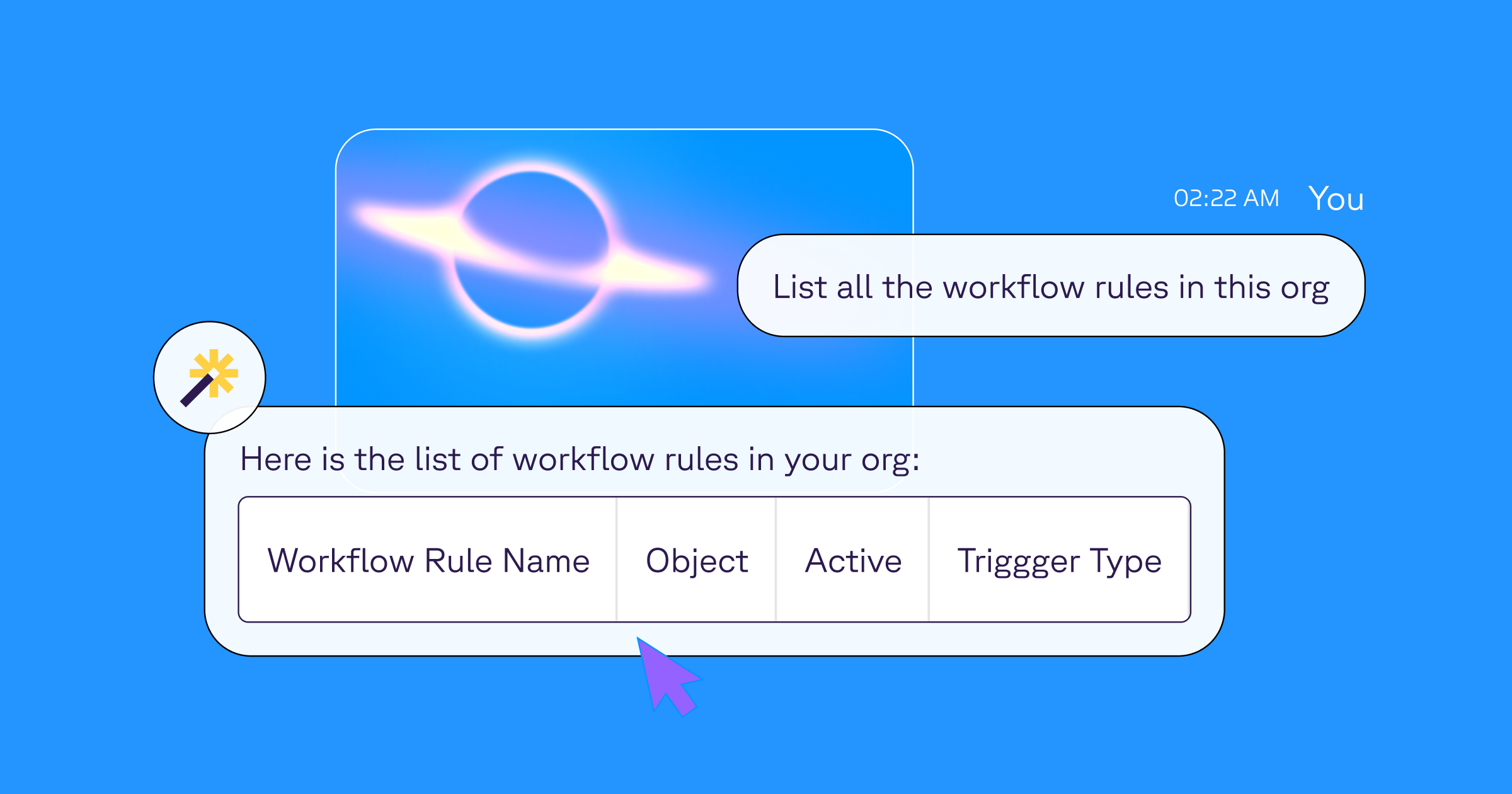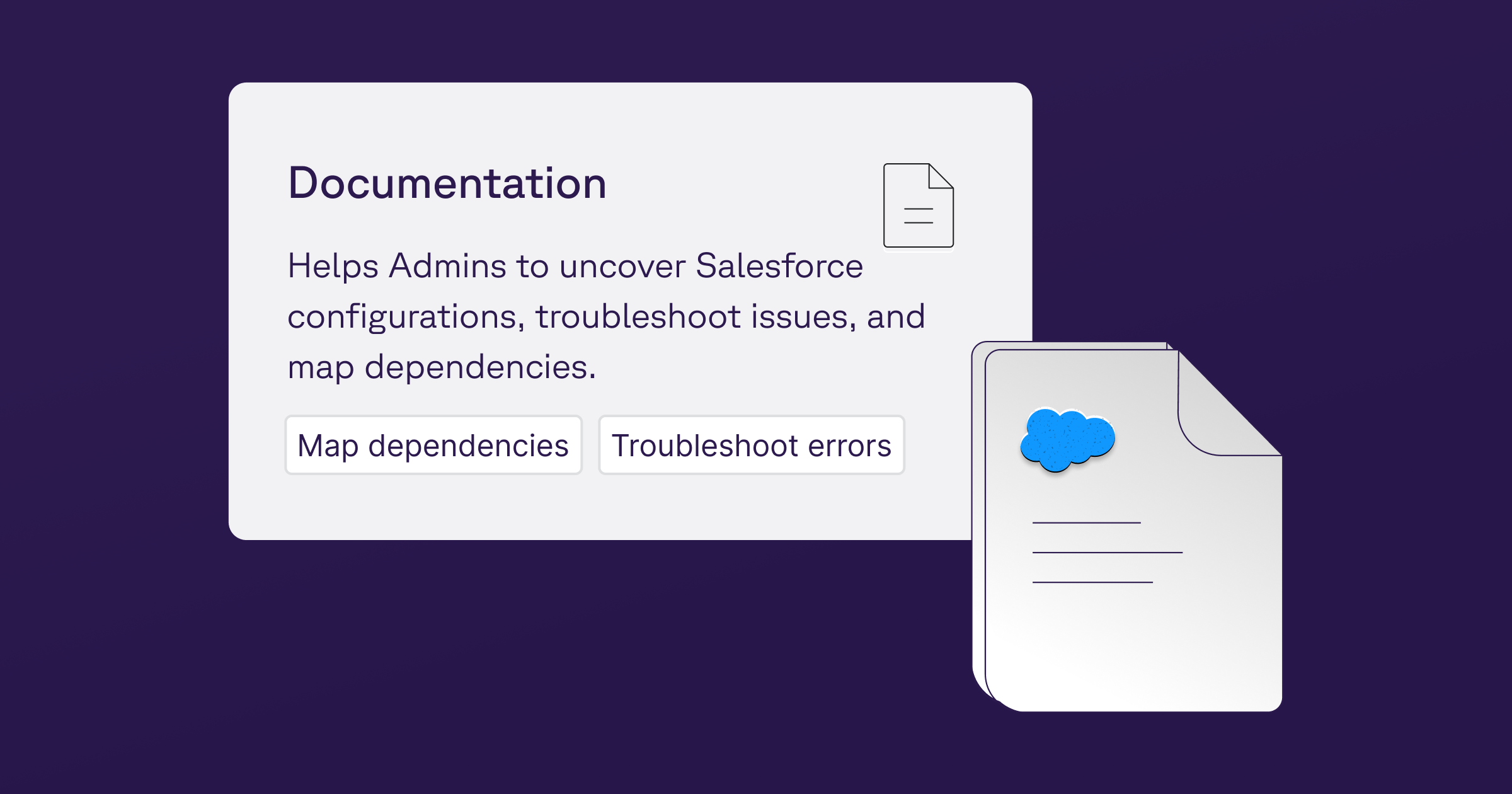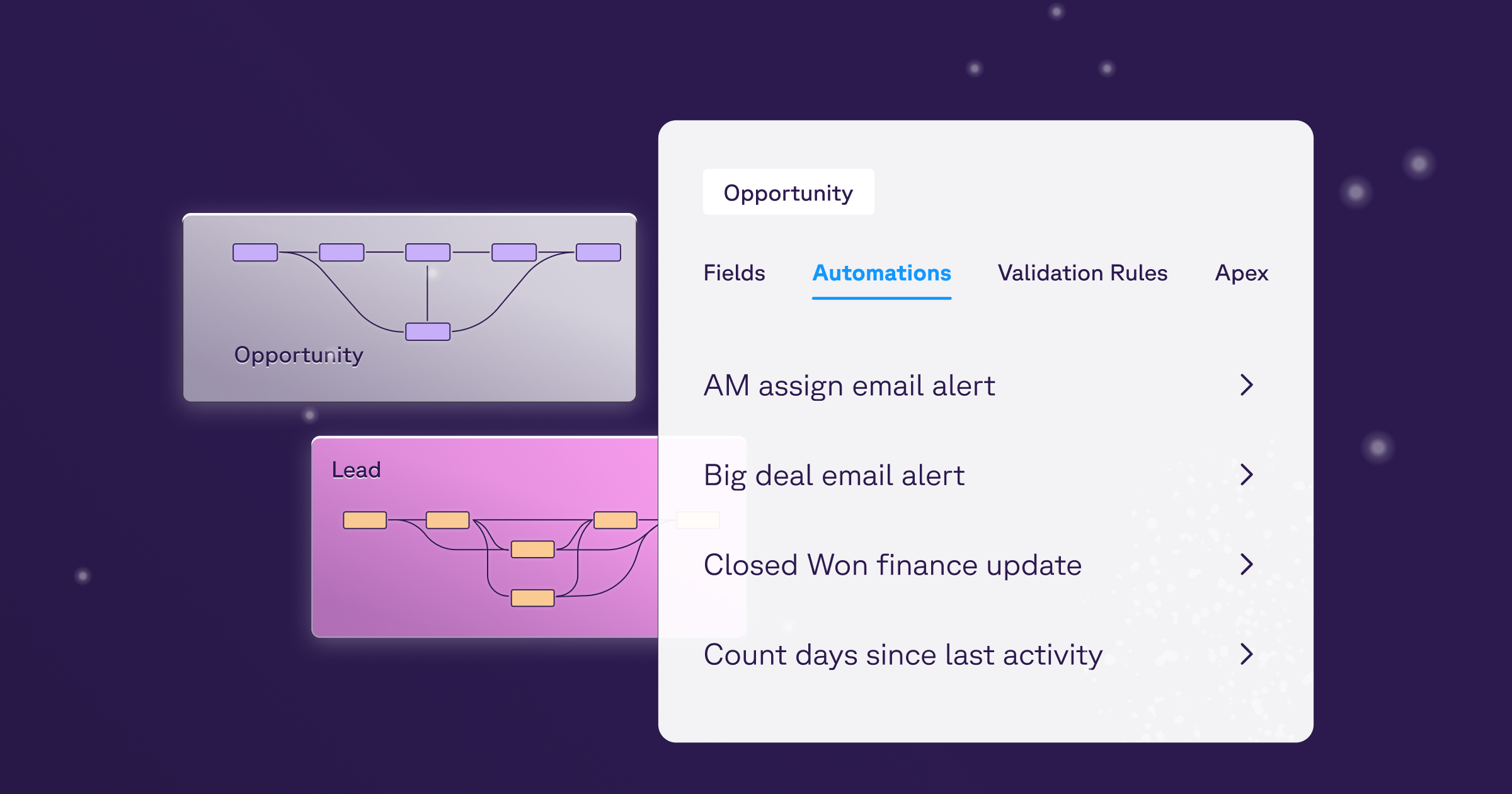
What is lead routing?
Lead routing is the end-to-end process of collecting and distributing leads within a sales team. It's an important part of sales operations: it matches potential customers with the right sales reps. This helps provide a quick and effective response.
The main goal of lead routing is to respond to more leads quickly. This helps increase the chances of turning prospects into customers.
Lead routing is about automatically assigning leads. This is done based on set criteria like territory, product line, or the specific skills of sales reps.
This automation can be simple, like a round-robin assignment. In this case, leads are shared evenly among sales reps.
It can also be complex, using advanced algorithms. These algorithms consider many factors, such as deal value, location, and lead scores.
For businesses with multiple sales approaches—such as self-serve, transactional, and enterprise—lead routing is essential in directing potential customers to the appropriate sales model. This ensures that each lead is handled in the most effective manner, tailored to their specific needs and potential value. These days, customers expect an extremely personalized approach and so accurate lead routing can support the way in which the company is interacting with a prospect at each stage of their journey.
The importance of automated lead routing
As businesses scale and their operations become more sophisticated, the need for automated lead routing becomes increasingly important. Manual lead assignment can quickly become a bottleneck, leading to delays and missed opportunities. Prospects often evaluate multiple solutions simultaneously and manual reach-outs are prone to delays and human errors. Even the smallest delay can lead to a lost deal.
Automated lead routing, on the other hand, enhances operational efficiency by ensuring that leads are promptly and accurately assigned, thereby maintaining a speedy response and personalized touch even as the business grows.
The benefits of effective lead routing include:
- Faster response times: Automated routing ensures that leads are quickly assigned to the right sales reps, reducing response times and increasing the likelihood of engagement.
- Increased productivity: By automating the lead distribution process, sales teams can focus more on selling rather than administrative tasks, boosting overall productivity.
- Improved lead management: High-quality leads are less likely to fall through the cracks, as the system ensures every lead is promptly followed up on.
- Enhanced customer experience: Potential customers are quickly connected with the right representative, leading to a better overall experience and higher satisfaction.
- Streamlined sales pipeline: A well-organized lead routing system ensures a smoother sales process, helping to close deals faster and drive revenue growth.
Examples of lead routing
There is no one-size-fits-all way to route leads. The best strategy depends on your sales processes, target audience, technology, team structure, and goals. Some sales teams focus on geographic territories, while others prioritize rep availability or use more intricate criteria. To guide you in optimizing your lead distribution, here are five commonly used lead routing strategies:
1. Lead routing by territory
Distributing leads based on geographic regions is a strategic approach that can significantly enhance the effectiveness of a sales team. By assigning leads to sales representatives who possess a deep understanding of specific markets, organizations can leverage regional expertise to better connect with potential customers. This method not only improves the quality of interactions but also fosters stronger relationships between sales reps and clients, as the reps are more likely to be familiar with local trends, cultural nuances, and customer preferences.
For example, consider a scenario where leads are generated from diverse states such as Alaska, Arizona, and California. By grouping these leads together and assigning them to a dedicated West Coast sales team, the organization can streamline its operations. The sales representatives on this team will likely have a comprehensive understanding of the unique characteristics of each state within the region. They can tailor their sales pitches and strategies to resonate with the specific needs and expectations of customers in those areas.
Moreover, this regional distribution simplifies scheduling and logistics for the sales team. Representatives can coordinate their efforts more effectively, as they are all focused on a similar geographic area. This can support more efficient travel plans, better time management, and ultimately, a higher conversion rate of leads into sales. Additionally, having a team that specializes in a particular region allows for the sharing of insights and best practices, further enhancing the team's overall performance.
2. Lead routing by availability
Another effective method is the round-robin system, which distributes leads among sales representatives in a sequential manner.
In this approach, each new lead is assigned to the next available sales rep in a predetermined order. This ensures that every team member has an equal opportunity to engage with potential customers, thereby promoting a balanced workload across the entire sales team. By rotating the assignment of leads, you can prevent any single representative from becoming overwhelmed while others may have fewer opportunities to connect with prospects.
The round-robin system is particularly beneficial for maintaining rapid response times. In today’s fast-paced business environment, potential customers expect timely follow-ups. By ensuring that leads are assigned promptly to the next available sales rep, you minimize the time a lead spends waiting for a response. This quick engagement can significantly enhance the chances of converting leads into customers, as it demonstrates your team's commitment to providing excellent service.
Moreover, this method helps to create a sense of accountability among team members. Each sales rep knows that they will receive leads in turn, motivating them to stay prepared and responsive. This can foster a competitive yet collaborative atmosphere within the team, encouraging representatives to perform at their best.
In summary, utilizing a round-robin system for lead assignment not only streamlines the process of managing incoming leads but also ensures that no lead is left waiting too long for follow-up. This strategic approach can lead to improved customer satisfaction, higher conversion rates, and a more efficient sales operation overall.
3. Lead routing by use case or specialization
To optimize the sales process and enhance customer satisfaction, it is essential to match leads with sales representatives based on the specific use case or needs expressed by the leads. This targeted approach not only streamlines the sales funnel but also ensures that potential customers receive the most relevant and informed assistance.
For instance, consider a scenario where a lead is actively seeking customer service solutions. In this case, it is crucial to direct this lead to a sales representative who has specialized knowledge and experience in customer service products and services. Such a representative would be well-versed in the nuances of customer service technologies, best practices, and industry trends, allowing them to provide tailored advice and solutions that align with the lead's requirements.
By matching leads with the right sales reps, organizations can facilitate more knowledgeable and personalized interactions. This means that the sales rep can engage in meaningful conversations, ask insightful questions, and offer solutions that directly address the lead's pain points. As a result, the lead is more likely to feel understood and valued, which can significantly increase the chances of conversion.
Moreover, this approach fosters a deeper relationship between the sales rep and the lead. When leads feel that their specific needs are being acknowledged and addressed by someone who truly understands their challenges, they are more inclined to trust the sales process and the solutions being offered. This trust can lead to higher customer satisfaction and loyalty, ultimately benefiting the organization in the long run.
In summary, matching leads with sales representatives based on their specific use cases is a strategic practice that enhances the sales experience. It ensures that leads receive expert guidance tailored to their needs, resulting in more effective communication, increased trust, and a higher likelihood of successful conversions.
4. Lead routing by company size
Direct leads from larger companies to a dedicated enterprise sales team, while smaller companies are handled by a general sales team. This strategy ensures that each lead receives the appropriate level of attention based on their company's size.
5. Lead routing by lead score
Prioritize leads by assigning high-scoring leads to experienced account executives for immediate action. Lower-scoring leads can be nurtured until they are ready for direct sales engagement, focusing efforts on the most promising opportunities.
6. Lead routing by company name (alphabetical order)
Another way to route leads is simply by company name: this system works based off the first letter of the lead’s name. So, for example, Team 1 would get names starting with A-M and Team 2 would get names starting with O-Z as well as special characters.
Lead routing best practices
Implementing effective lead routing can significantly boost your sales team's productivity and conversion rates. By following these best practices, you can ensure that leads are managed efficiently and directed to the right representatives for optimal results:
1. Set a clear lead routing strategy
Start by gathering all stakeholders - revenue operations, sales, and marketing teams - to outline your lead routing criteria. Consider factors such as the source of leads, sales team structure, information collected from new leads, and sales territories. Documenting your lead routing logic and processes ensures clarity and consistency, making it easier for your team to follow and adjust as needed. Keep it simple until your Go To Market motions require more advanced logic and capabilities.
2. Leverage lead qualification to prioritize the right prospects
Implement a lead qualification process to ensure your sales team focuses on high-value prospects. Define your Ideal Customer Profile (ICP) by identifying key attributes such as job titles, company size, industry, and pain points. Use this information to route leads that fit your ICP to the appropriate sales reps, accelerating the sales cycle and improving conversion rates.
3. Enhance routing efficiency with lead scoring
Incorporate lead scoring to quantify how engaged and qualified a lead is. Assign values to actions like website visits, content downloads, and demo bookings. This helps in identifying the most promising leads and routing them to the sales team at the right time. Regularly review and adjust your lead scoring criteria to ensure they align with your current sales goals and market conditions.
Lead routing at Sweep
Optimizing lead routing is absolutely vital to the success of your business. With Sweep, you can address the challenges of properly routing leads using the Assignment tool, a visual no-code solution designed to simplify the implementation of assignment logic within Salesforce. For example, it lets you set up an intelligent round robin, which will take into account rep’s time off, weights and conditional limits. Or you can automatically remind employees who aren’t responding to leads to do so, and reassign to other reps if needed.
This empowers organizations to build their go-to-market motions while maximizing assignment efficiency. The benefits of using Sweep's Assignment capabilities include:
- Assigning any object: From Opportunities to Accounts & Contacts and custom objects, you can apply assignment logic across various Salesforce objects.
- Achieving full visibility: Gain a comprehensive understanding of your business processes and easily track where assignments are taking place.
- Managing round-robin groups: Distribute leads equally among sales representatives using round-robin assignment to ensure fairness, or add weights to better control assignments between reps. Set assignment limits to make sure reps are keeping up with the workload.
- Simplifying territory management and assignment: Streamline the process of managing territories and assigning leads based on specific territories.
- End-to-end lead routing capabilities: Enhance the lead routing process with advanced features such as Lead Deduplication and Lead-to-Account Matching, ensuring that leads always receive a seamless buying experience.
If you want to learn how Sweep can make lead routing easier and faster, book a demo with our product experts today.











